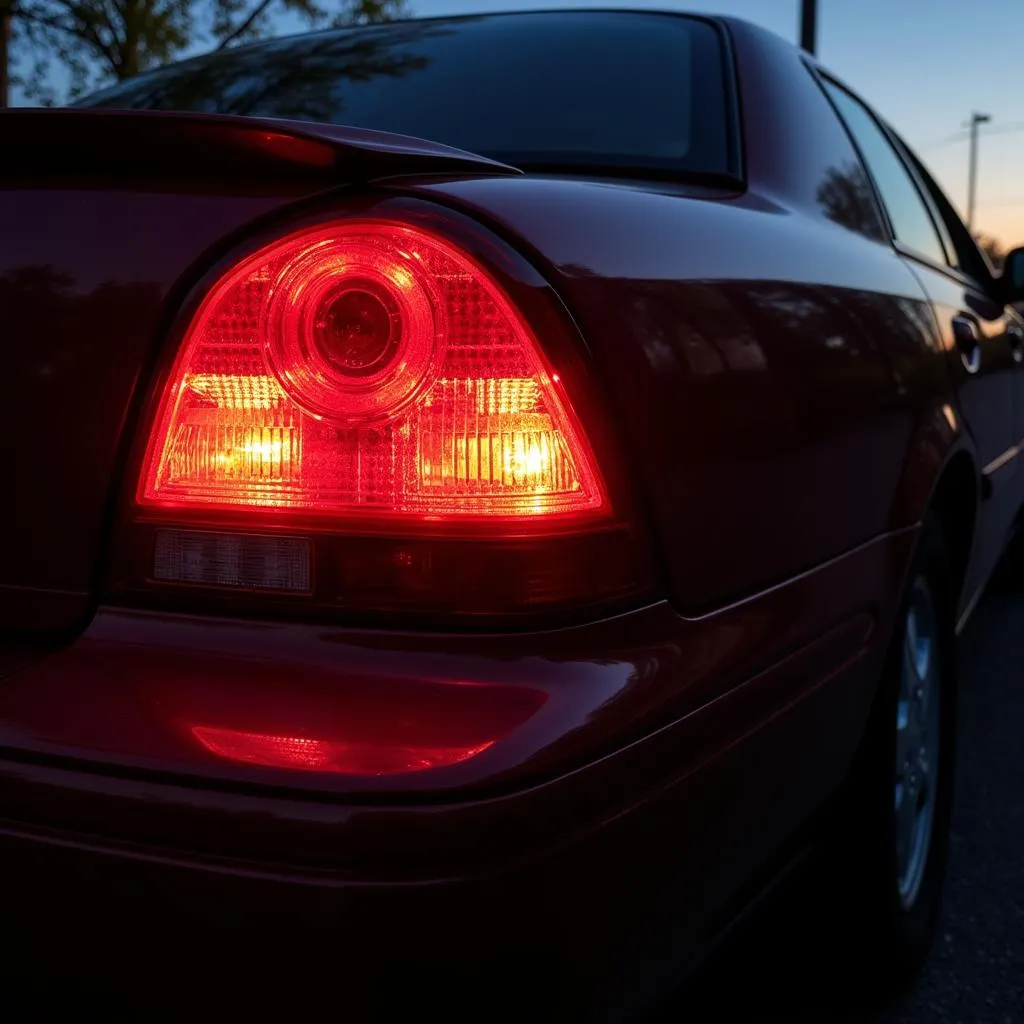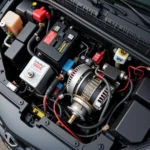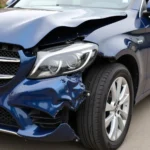A malfunctioning brake light is a serious safety hazard that can lead to accidents. Knowing how to repair brake lights car is crucial for every car owner. This comprehensive guide will walk you through the common causes of brake light failure and provide a step-by-step approach to diagnose and fix the issue.
Understanding the Importance of Functioning Brake Lights
Brake lights are an essential safety feature in your vehicle. They alert drivers behind you when you’re slowing down or coming to a stop, allowing them to react accordingly and prevent potential collisions.
Common Causes of Brake Light Failure
Several factors can cause your brake lights to malfunction, ranging from simple bulb issues to more complex electrical problems. Identifying the root cause is crucial for effective repair.
1. Blown Fuse
A blown fuse in the brake light circuit is one of the most common culprits. A sudden surge of electricity or a short circuit can cause the fuse to blow, interrupting the power supply to the brake lights.
2. Burnt Out Bulb
Like any other light bulb, brake light bulbs have a limited lifespan and can burn out over time. A burnt-out bulb won’t illuminate, rendering your brake lights ineffective.
3. Faulty Brake Light Switch
The brake light switch, located under the dashboard near the brake pedal, activates the brake lights when you press the pedal. If the switch malfunctions due to wear and tear, it can prevent the lights from turning on.
4. Wiring Issues
Damaged or corroded wires within the brake light system can disrupt the electrical flow, causing the lights to fail. This could be due to aging, exposure to moisture, or rodents chewing on the wires.
5. Damaged Sockets
The sockets that hold the brake light bulbs can become corroded or damaged over time, leading to poor electrical connections and causing the lights to flicker or stop working altogether.
Step-by-Step Guide to Repairing Brake Lights
Before starting any repair work, gather the necessary tools: a replacement brake light bulb, a fuse tester or multimeter, a screwdriver, pliers, and safety glasses.
Note: If you’re uncomfortable working on your vehicle’s electrical system, it’s best to consult a qualified mechanic.
1. Check the Fuse
Locate the fuse box, usually under the dashboard or hood. Refer to your owner’s manual to identify the correct fuse for the brake lights. Using a fuse tester or multimeter, check if the fuse is blown. If so, replace it with a new one of the same amperage.
2. Inspect the Bulbs
If the fuse is good, check the brake light bulbs. Gently twist and pull out the bulb socket. Examine the filament for any breaks or burn marks. If the filament is broken, replace the bulb with a new one.
3. Test the Brake Light Switch
Locate the brake light switch under the dashboard. With the ignition off, depress the brake pedal and have someone observe if the brake lights illuminate. If not, the switch likely needs replacement.
4. Examine the Wiring
Visually inspect the wiring for any signs of damage, fraying, or corrosion. Pay close attention to the wires connected to the brake light switch, fuse box, and bulb sockets. Repair or replace any damaged wires as needed.
5. Clean the Sockets
Inspect the bulb sockets for any signs of corrosion or damage. Use electrical contact cleaner and a small brush to clean the contacts. Ensure a tight connection when reinserting the bulbs.
Frequently Asked Questions (FAQs)
1. How can I tell if my brake lights are out?
Ask a friend or family member to stand behind your car while you press the brake pedal. If the lights don’t illuminate, they are out.
2. How often should I replace my brake light bulbs?
It’s recommended to inspect your brake light bulbs every six months and replace them every two years or as needed.
3. Can I drive with a broken brake light?
Driving with a broken brake light is illegal and dangerous. It’s crucial to repair the issue as soon as possible to ensure your safety and the safety of others on the road.
Seeking Professional Help
While this guide provides a basic understanding of how to repair brake lights, it’s always advisable to consult a professional mechanic for complex electrical issues or if you’re uncomfortable working on your vehicle.
For expert car lights repair near me, consider visiting a certified mechanic or a reputable repair shop. They have the experience and tools to diagnose and fix any brake light problems efficiently and safely.
Remember, maintaining your vehicle’s lighting system, including the brake lights, is essential for your safety and the safety of others on the road. Regular inspections and timely repairs can prevent accidents and ensure optimal visibility while driving.
Need help with your car’s lighting system? Check out our other resources on car light repair halfords and car lighting repair for more information.
Need further assistance?
Contact us via WhatsApp: +1(641)206-8880, Email: [email protected]. Our dedicated team is available 24/7 to provide expert guidance and support.



